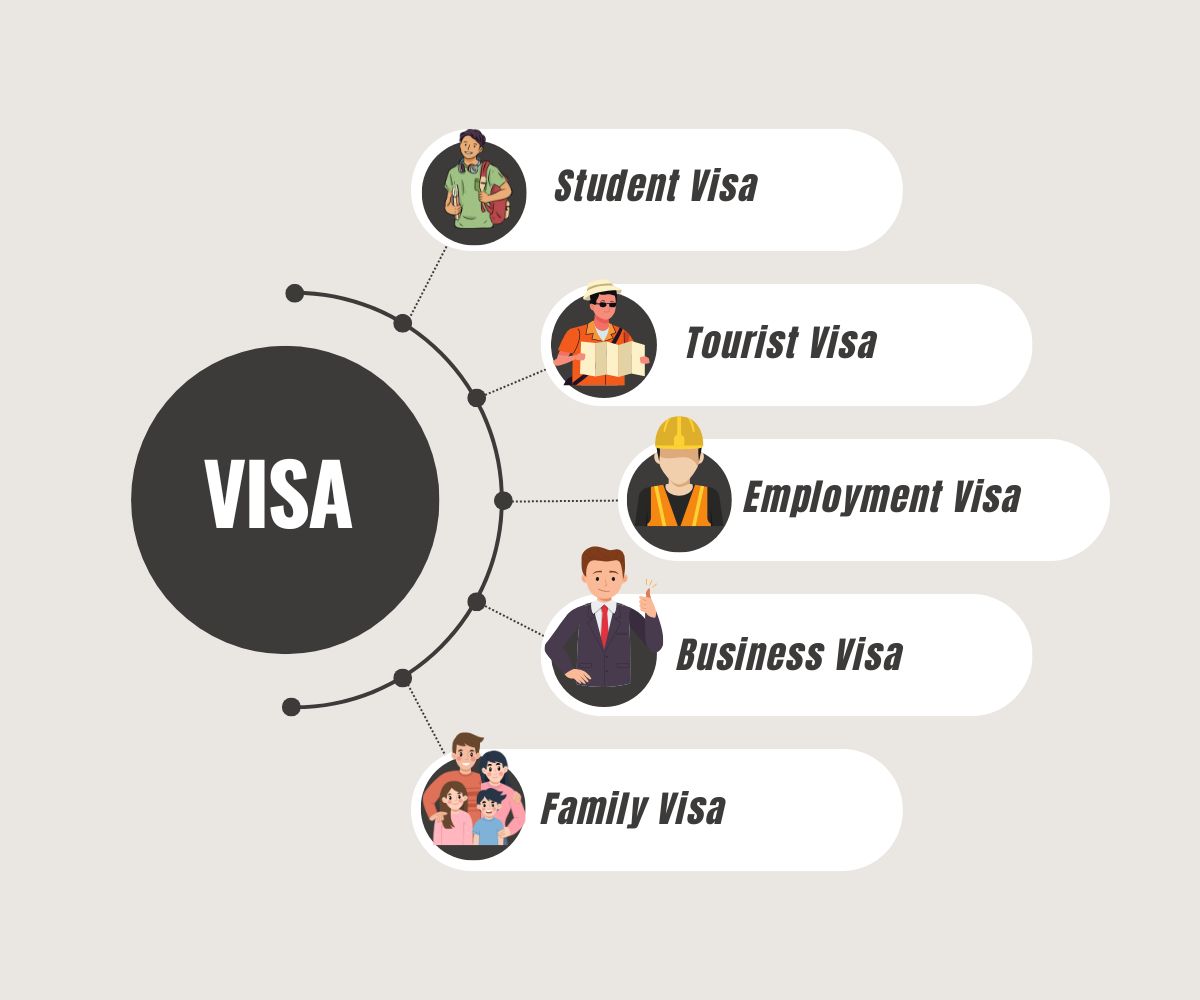The International English Language Testing System (IELTS) is one of the most widely accepted methods of assessing English language proficiency. It has four sections: Listening, Reading, Writing, and Speaking. Among these, the Speaking test often feels the most challenging for candidates.
Many test-takers believe that fluency, vocabulary, and grammar are enough to score high. However, despite having strong English skills, many candidates remain stuck at Band 6 or lower in Speaking. Why? The missing piece is often Pronunciation—a crucial but overlooked factor that makes up 25% of the IELTS Speaking score.
In this blog, we will explore why pronunciation matters, common mistakes candidates make, and practical ways to improve it for a higher IELTS Speaking score.
Why Pronunciation Matters in IELTS Speaking
A common misconception is that you need a British or American accent to score well in pronunciation. In reality, IELTS does not test your accent. Instead, examiners focus on whether:
-
You can be understood clearly,
-
You use a natural tone,
-
You place the right emphasis on words and sentences.
Even with strong grammar and vocabulary, unclear pronunciation can make your answers difficult to understand—leading to a lower band score.
Key Aspects of Pronunciation in IELTS Speaking
1. Correct Pronunciation of Sounds (Phonemes)
Some English sounds do not exist in other languages like Bengali, which often leads to mistakes. For example, confusing “v” and “b” or “ship” and “sheep.” Such errors can change meanings and affect clarity.
How to Improve:
-
Use tools like Cambridge Dictionary or Google Dictionary to listen to correct pronunciations.
-
Practice minimal pairs (e.g., “ship/sheep,” “bit/beat”) to sharpen your sound accuracy.
2. Word Stress – Emphasizing the Right Syllable
English words often have more than one syllable, and stressing the wrong syllable can make a word sound incorrect. For example:
-
CORrect (✔️) vs. corRECT (❌)
-
PREsent (noun) vs. preSENT (verb)
How to Practice:
-
When learning new words, always check the stress in a dictionary.
-
Listen to real examples on platforms like YouGlish and imitate them.
3. Sentence Stress – Emphasizing Key Words
In English, not all words in a sentence carry equal weight. Important words (nouns, verbs, adjectives) are stressed, while smaller words (articles, prepositions) are spoken more softly. For example:
👉 “I went to the store to buy some apples.”
How to Practice:
-
Read short sentences and underline the key words.
-
Record yourself and check if your stress matches natural English rhythm.
-
Practice in front of a mirror to improve clarity and confidence.
4. Intonation – Avoid Monotone Speech
Intonation is the rise and fall of your voice while speaking. Speaking in a flat, monotone voice makes your speech sound robotic and lowers your confidence.
For example:
-
Rising intonation → “Are you coming?”
-
Falling intonation → “I’m going home.”
-
Rise-fall intonation → “That’s amazing!”
Techniques to Improve Intonation:
-
Listen to native speakers and copy their tone.
-
Say the same sentence in different emotions (question, surprise, statement).
-
Record yourself to ensure you sound natural, not robotic.
5. Connected Speech – Linking Words Naturally
Native speakers often link words together instead of pronouncing them separately. For example:
-
“What are you doing?” → “Whatcha doin’?”
-
“I want to” → “I wanna.”
While you don’t need to force slang, speaking with connected flow instead of a robotic word-by-word delivery will make you sound more natural.
How to Practice:
-
Watch movies, TV shows, or YouTube videos of native speakers.
-
Immediately repeat and mimic their connected speech.
6. Clear Enunciation – Pronouncing Words Clearly
Even if you know advanced vocabulary, if you swallow your words or speak unclearly, the examiner won’t understand you. Clarity is more important than speed or accent.
How to Improve:
-
Record yourself and check if every word is clear.
-
Read aloud from news articles or TED Talk transcripts daily.
-
Mimic not just the words but also the style of native speakers.
Final Thoughts
Many IELTS candidates spend time memorizing vocabulary lists or practicing fluency drills, but they forget that pronunciation alone accounts for 25% of the Speaking score.
To score Band 7 or higher, remember:
-
Correct sounds matter.
-
Stress and intonation bring your speech to life.
-
Connected, clear, and natural speech makes you easy to understand.
The IELTS Speaking test is not about “what you say” but also “how you say it.” By focusing on pronunciation and practicing every day, you can improve your clarity, confidence, and overall score.
✅ Pro Tip: Spend at least 15 minutes daily on pronunciation practice—record, listen, and adjust. Over time, you’ll sound more natural and confident, boosting your chances of achieving a higher band score.





